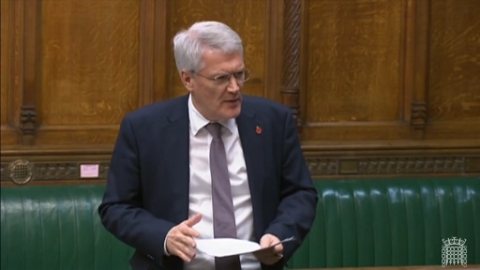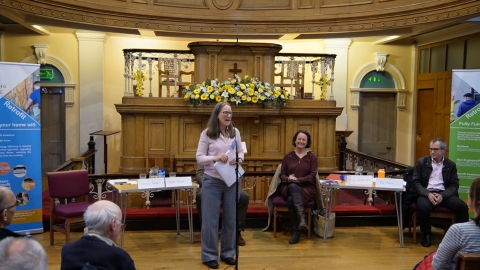 A pioneering early intervention strategy to reduce pupil absence in North Yorkshire’s schools is paying dividends. The county’s absence rates published today are some of the best in the country and one of the best in Yorkshire and the Humber.
A pioneering early intervention strategy to reduce pupil absence in North Yorkshire’s schools is paying dividends. The county’s absence rates published today are some of the best in the country and one of the best in Yorkshire and the Humber.
The county’s absence rates have fallen year on year with particular success in reducing the number of persistent absentees in both primary and secondary schools. Nationally persistent absenteeism has fallen to 3.9 per cent from 4.4 per cent in primary schools and from 9.2 per cent to 8.4 per cent in secondary. In North Yorkshire however, primary school persistent absenteeism has fallen to 2.9 per cent and secondary persistent absenteeism to 7.7 per cent, based on the government’s new tougher criteria.
North Yorkshire County Council works closely with its schools in operating an early warning system. The local authority is notified as soon as a child’s school attendance starts to dip so that education social workers have the chance to work with children and families to prevent absence from becoming persistent.
County Councillor Arthur Barker, North Yorkshire’s Executive Member for Schools said:
As soon as a child’s attendance begins to drop we go in and identify the issues, working closely with our families and schools. We set up an action plan and track individual children over a period of time. Early intervention is the key to tackling absence, but so too are excellent standards in education and in North Yorkshire we are blessed with excellent schools, an enriched curriculum and dedicated teachers.
The picture is similar in the city of York with absence in primary schools in the last school year, 2010-11, was 4.5 per cent, falling by 0.3 per cent from the previous year.
Under the new definition used to measure a Persistent Absentee (anybody absent for 15 per cent of their sessions), only 2.8 per cent of York primary pupils came in this category. Of the 150 other local authorities in England? only five others had lower rates of absence and persistent absence in primary schools.
Absence levels in the city’s secondary schools have also reduced. Total absence fell to 6.4 per cent from 6.9 per cent the previous year. In addition the numbers of pupils in secondary schools regarded as Persistent Absentees reduced from 10 per cent to 7.8 per cent – one of the the lowest levels in the region.
Councillor Janet Looker, Cabinet member for Education, Children & Young People’s Services in York, said:
I am extremely pleased with these latest figures as there are clear links between children who have good school attendance and those who have good achievement in their education.
Research suggests that missing 17 days from school can result in a drop of one GCSE grade. I know that schools and parents put a tremendous amount of work into encouraging and maintaining good school attendance. These latest figures show that their combined efforts have had a significant impact.
The Department for Education has recently changed the threshold definition for a Persistent Absentee so that a pupil missing 15 per cent of their sessions (down from 20 per cent) will now be regarded as a Persistent Absentee.
Parents who are concerned about their child’s willingness to attend school are encouraged to contact school and talk to them rather than allow the situation to develop. Where parents do not ensure the regular attendance of their children at school, the local authority, as a last resort will seek to prosecute parents.





